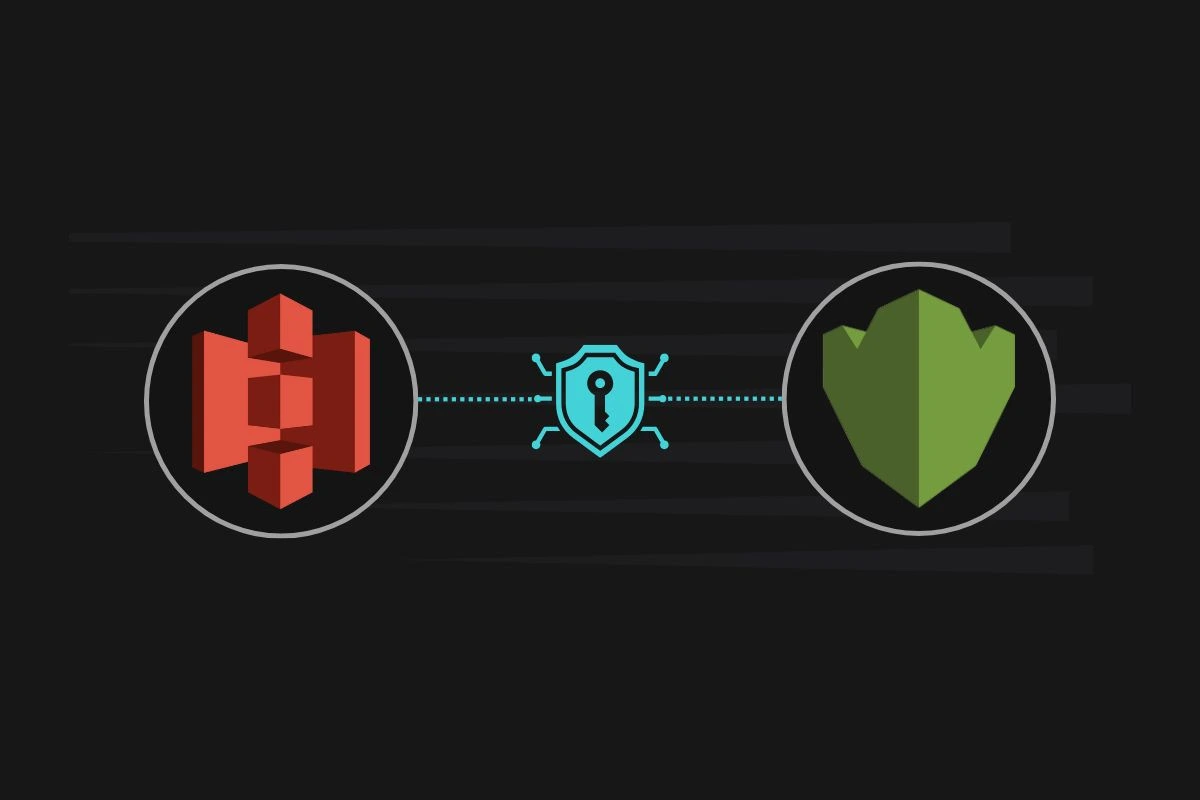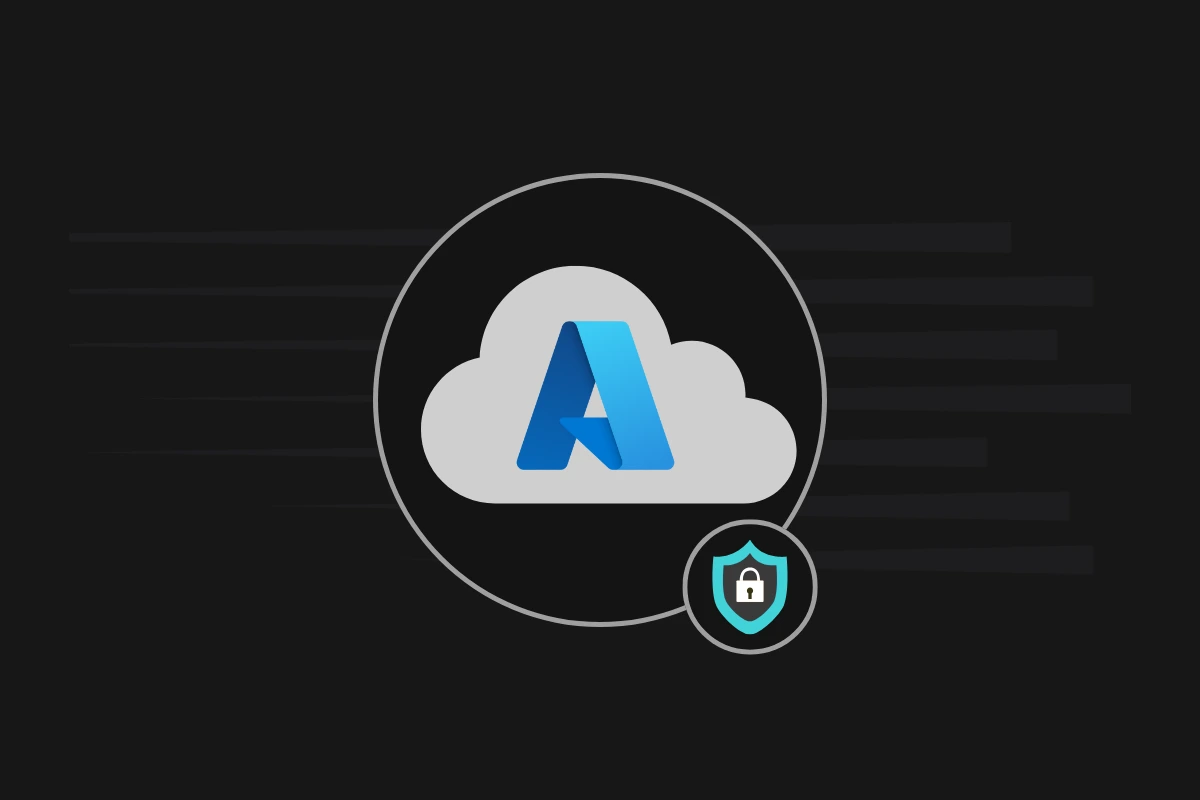- Home /
- DevSecOps /
- Monitoring and Incident Response Services
Monitoring and Incident Response Services
Monitoring and incident response ensure that organizations can detect, respond to, and recover from security incidents. With robust monitoring, threats can be identified early, and responses can be automated or rapidly deployed to minimize damage.
At IAMOPS, we provide 24/7 monitoring and incident response services that help tech teams detect threats early, mitigate risks quickly, and maintain business continuity with confidence. Our DevSecOps-first approach is tailored for fast-growing startups, SaaS platforms, and enterprise-grade applications. We integrate seamlessly into your cloud and CI/CD infrastructure to deliver continuous visibility and real-time threat detection—without slowing down development velocity.
Misconfigurations, DDoS attacks, and suspicious insider activity can quickly escalate if not addressed immediately. IAMOPS combines powerful automated detection tools with hands-on security expertise to identify, investigate, and neutralize threats before they affect your systems or customers. Our incident response strategies align with your operational workflows, ensuring rapid triage and resolution. With integrated threat intelligence and log correlation, we provide complete situational awareness across your stack, keeping your business secure and resilient at scale.
Our DevSecOps Monitoring & Incident Response Capabilities
Real-time
Cloud Security Monitoring and Alerting
IAMOPS implements continuous, real-time monitoring across your cloud platforms (AWS, Azure, GCP), containers, networks, and endpoints to detect abnormal activities or potential security threats. We leverage tools like AWS GuardDuty, Azure Defender, GCP Security Command Center, Datadog, Prometheus, and SIEM platforms such as Wazuh and Splunk to track suspicious behavior, API call anomalies, and misconfiguration.
We build custom detection rules and integrate alerting with Slack, Opsgenie, and email, ensuring that your team receives prioritized, actionable notifications while minimizing false positives.
What We Deliver:
- Implement AWS CloudWatch or Azure Monitor for real-time tracking of system logs, performance metrics, and security events.
- Use Splunk or ELK Stack to aggregate logs and trigger alerts for anomalies like unauthorized access attempts or data spikes.
- Integrate Datadog or New Relic to monitor performance and alert on behavioral anomalies indicative of breaches.
- Create custom rule-based detection using AI-enabled analytics to detect privilege escalation or configuration drifts.
Incident
Detection, Containment, and Response
IAMOPS responds quickly to security events, helping you detect, classify, and contain threats in real time. Our incident response services are designed to protect your infrastructure while maintaining compliance and reducing downtime.
We automate threat mitigation using playbooks in ZenDuty, ServiceNow, or PagerDuty, and utilize tools like AWS Security Hub, GuardDuty, and Azure Security Center for proactive threat detection and automated containment.
What We Deliver:
- Use SIEM tools like IBM QRadar or Splunk to detect threat patterns such as failed login surges or unauthorized data access.
- Detect and isolate compromised resources using AWS GuardDuty or Azure Security Center.
- Apply automated playbooks for containment, triggering actions like blocking malicious IPs or quarantining workloads.
- Collect forensic data for investigation and compliance documentation.
Post-Incident
Analysis and Continuous Improvement
IAMOPS ensures every incident becomes a learning opportunity. Post-incident, we conduct forensic analysis, perform root cause identification, and implement improvements across detection rules, access policies, and playbooks.
Using tools like AWS Systems Manager and Azure Automation, we execute remediation, patching, and configuration updates. Our approach strengthens your security posture and prevents recurrence.
What We Deliver:
- Conduct root cause analysis with forensic logging to trace the origin and path of intrusion.
- Use patch automation tools to correct misconfigurations and vulnerabilities identified during incident handling.
- Host post-mortem reviews to refine detection scopes, update IAM roles, and improve SOPs.
- Embed monitoring across CI/CD pipelines to detect risks in deployments, repositories, and environments, with integrated security across GitHub, GitLab, Bitbucket, Jenkins, and CircleCI.
Benefits
Rapid Threat Detection
Faster identification and containment of security incidents.
Business Continuity
Reduced downtime and impact of security breaches.
Automated Incident Handling
Enhanced preparedness for future incidents through automated response procedures.
Ongoing Security Enhancements
Continuous improvement of security posture based on incident learning.
Get Always-On Security That Moves With You
IAMOPS delivers a fully integrated monitoring and incident response system that aligns with your DevOps workflow, infrastructure, and risk profile. From proactive threat detection to incident containment, we help you maintain trust, uptime, and compliance at every stage of growth.
Book a free consultation to explore our DevSecOps monitoring and incident response solutions.
Our success stories
Frequently Asked Questions (FAQ's)
What is DevSecOps monitoring?
DevSecOps monitoring refers to continuous security monitoring integrated directly into DevOps processes, covering code, cloud infrastructure, and deployment environments.
Do you provide 24/7 incident response support?
Yes, IAMOPS provides round-the-clock incident detection, alerting, and response support through our dedicated security operations team.
Which cloud platforms do you support for security monitoring?
We support AWS, Azure, GCP, and hybrid cloud environments. Monitoring setups are customized to each client’s tech stack and tools.
Can IAMOPS integrate with our current alerting systems?
Absolutely. We integrate with your preferred communication and alerting platforms like Slack, Teams, PagerDuty, Opsgenie, and more.
How do you handle post-incident reporting?
Every incident includes detailed Root Cause Analysis reports, evidence logs, and security recommendations to prevent recurrence.
- Infrastructure Security & Management
- CI/CD Pipeline Security Services
- Application Security Services
- Monitoring and Incident Response Services
- ISO 27001 Compliance & DevSecOps Governance









